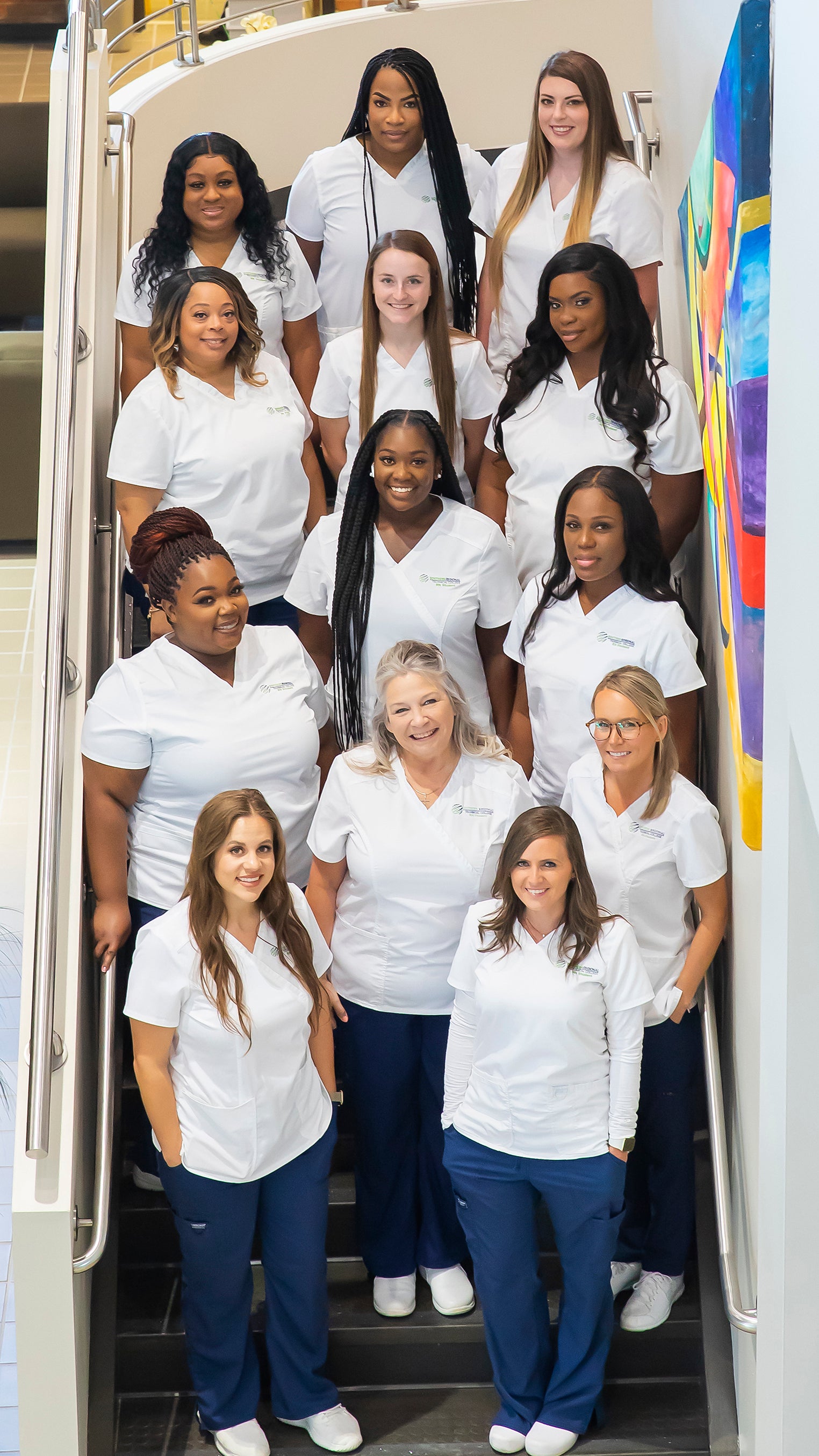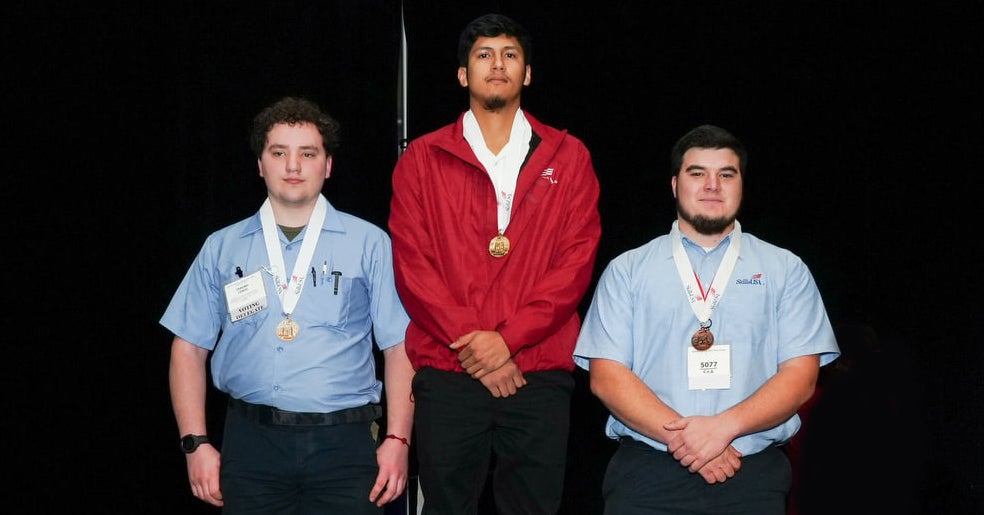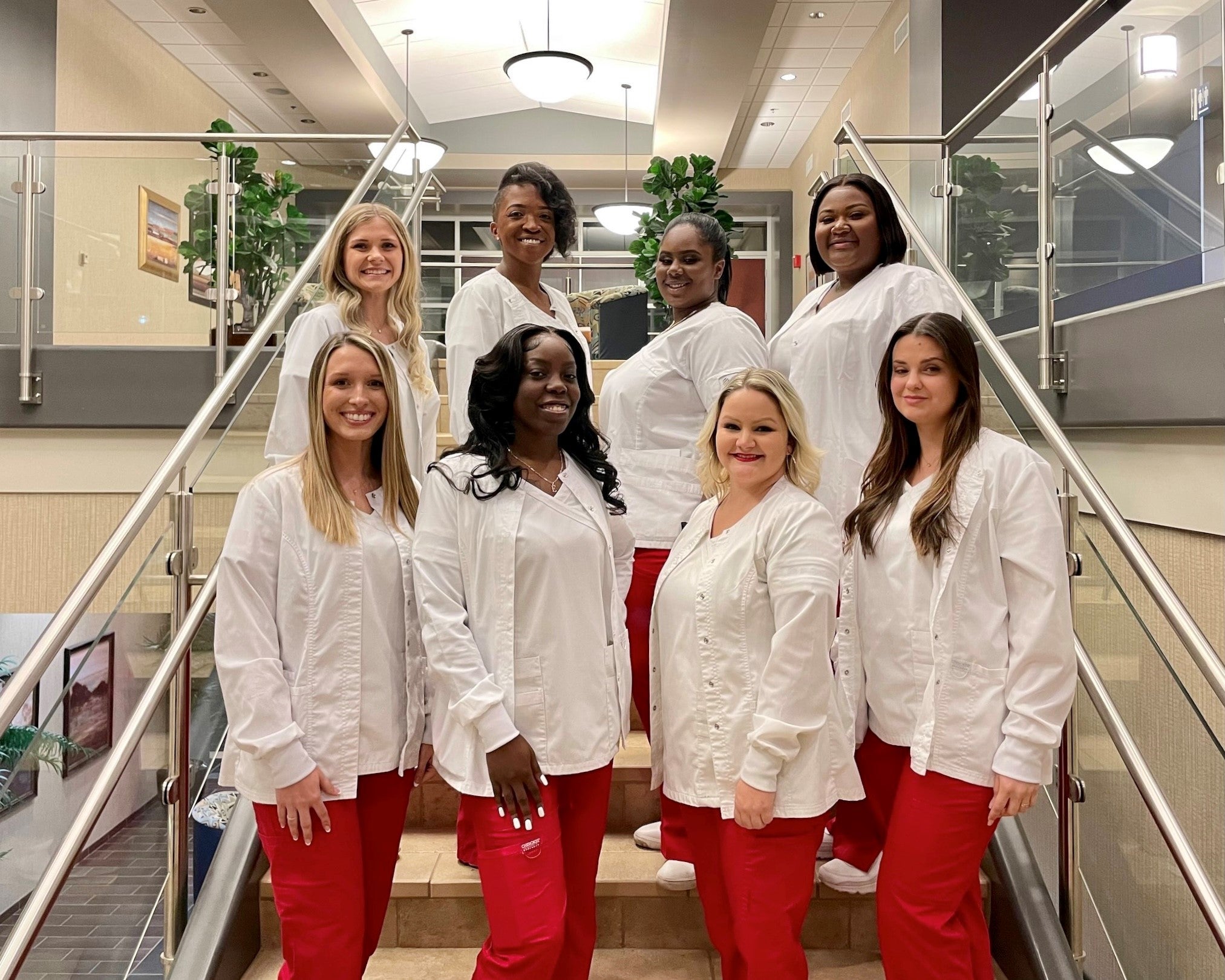Kids turn tasty food into science fun
Published 11:34 pm Friday, August 17, 2012

POURING LIQUID INTO THE MOUNTAIN to form a volcano eruption created suspense for the whole class. Left to right are: Dr. Paula Chambers, Adia Brannen, Victoria Pollock, Dalyah Minor, Tristan Brannen, Ashlyn Brock, Gracie Surratt and Austin Aldridge.|Carolyn Iamon
Using hard-boiled eggs and Milky Way candy bars, Dr. Paula Chambers helped fifth- and sixth-graders understand earth science in a hands-on after-school science program at the Georgia Youth Science and Technology Center (GYSTC), on the campus of Bainbridge College.
Thursday’s program, titled, “It’s not Your Fault,” studied the earth’s crust and tectonic plates — and how earthquakes, tsunamis, geysers and volcanoes are formed.
Seven students compared the composition of rocks. Then they cracked hard-boiled eggs. After tracing the cracks and fissures with colored markers, they gently squeezed the eggs to see the slight movement of the shell pieces and how the inner part of the egg was pushed out or exposed.
The students stretched the Milky Way bars to create divergent plate boundaries. The exposed caramel represents the top of the asthenosphere, or magma that can rise up through the crust. Pushing the bars back together demonstrated how the movement of the earth’s plates formed mountains.
The students had fun with the edible props — especially the candy bars. When told at the end of the exercise that they could each eat one side of the candy bar, one young man asked, “Should I eat the top or the bottom?” as he studied the mountainous terrain of his bar.
But, the most fun for all was creating an erupting volcano by pouring a combination of vinegar, food coloring, dishwashing soap and baking soda into the prepared mountain, and watching the pink “lava” rise up and flow down the sides of the mountain.
Following that demonstration, the students cut out puzzle pieces of the continental plates, then reassembled them in the jigsaw puzzle.
Chambers discussed the history of earthquakes, saying that a major earthquake occurs in this area every 200 to 300 years.
The last activity for the students was to make paper picture folders depicting scenes of either a tsunami, a volcano, an earthquake or geyser. One side showed pictures of a scene before the event — the other showed the changes afterwards.
Chambers concluded the lesson by telling the students there was one thing she wanted them to know and remember from the day’s lesson — that the Earth is always changing.
The Fall into Science Fun series continues on Thursday, Aug. 23, and Thursday, Aug. 30, from 4 p.m. to 5:30 p.m. Cost is $12 per class and includes all materials. Future lessons will be on building a mini-water treatment plant, using a microscope, and making an edible cell model.
For more information, call Paula Chambers at (229) 248-3933.





